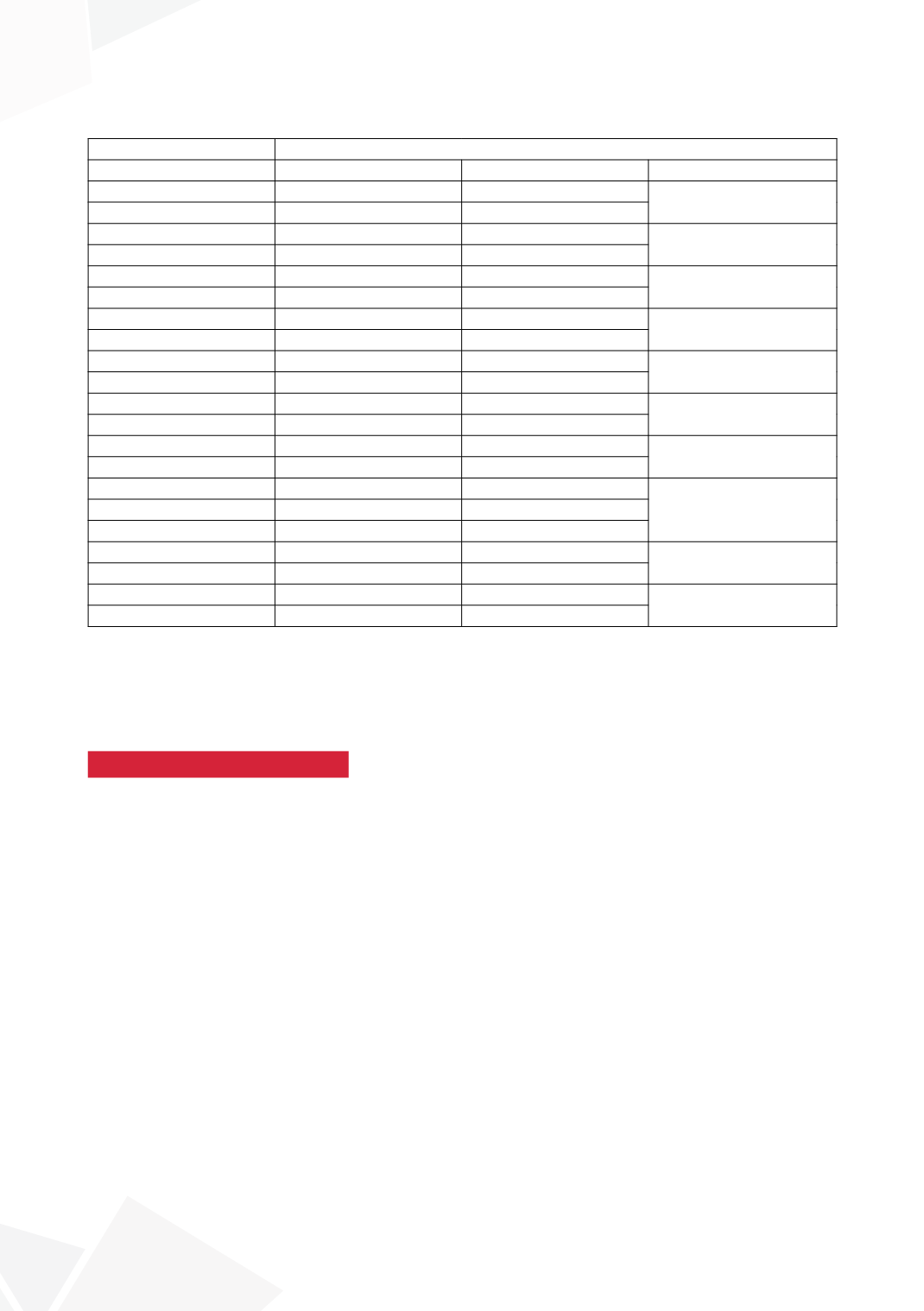

63
19–22 APRIL, 2017, BARCELONA, SPAIN
Table 1:
Scar
Scar (-)
Scar (+)
P
Successful
204
361
0.064
Failure
45
53
Postop UTI (+)
195
314
0.614
Postop UTI (-)
50
89
Male
77
153
0.114
Female
172
261
Grade 1-2-3
153
151 (%49)
<0.0001
Grade 4-5
95
258 (%73)
IUI (-)
127
230
0.284
IUI (+)
100
151
History Of Sting (-)
198
339
0.280
History Of STING (+)
51
70
STING
137
138
<0.0001
UNC
112
276
Low Risk
92
0
<0.0001
Medium Risk
156
313
High Risk
1
101
Voiding Dysfunction (-)
93
147
0.255
Voiding dysfunction (+)
51
62
Unilateral
120
161 (%57)
0.019
Bilateral
129
253 (%66)
CONCLUSIONS
Renal scar and IUI affect the decision of surgery in patients treated for VUR. Renal scar rates
increases with high grade vur and bilateral disease while IUI increases with female gender. These
risks should be considered while planning the treatment for VUR.
S5-12 (P without presentation)
OUTCOME OF URETERIC REIMPLANTATION AFTER
ENDOSCOPIC TREATMENT FAILURE FOR HIGH GRADE
VESICOURETERIC REFLUX COMPARED WITH DE NOVO
URETERIC REIMPLANTATION
Muhammad HOWEITI
1
and Ahmad AL SHAMMARI
2
1) King abdullah specialized children hospital, Urology, Riyadh, SAUDI ARABIA - 2) King Abdullah specialized children
hospital - King Abdulaziz medical city -Riyad, Surgery-Urology Division, Riyadh, SAUDI ARABIA
PURPOSE
to compare the outcome of salvage ureteral re-implantation after failed endoscopic therapy with
de-novo ureteric re-implantation in patients with high grade reflux.
MATERIAL AND METHODS
chart review between 2004-2014 of all children <14 years old with primary grade 4-5 VUR who
underwent salvage ureteric re-implantation after failed initial endoscopic treatment. We recorded
presentation, reflux severity, scar on DMSA, age at endoscopic injection, total amount of (Dx/Ha)
injected, operative time, post op stay, complications, any further UTIs and persistent VUR. We









